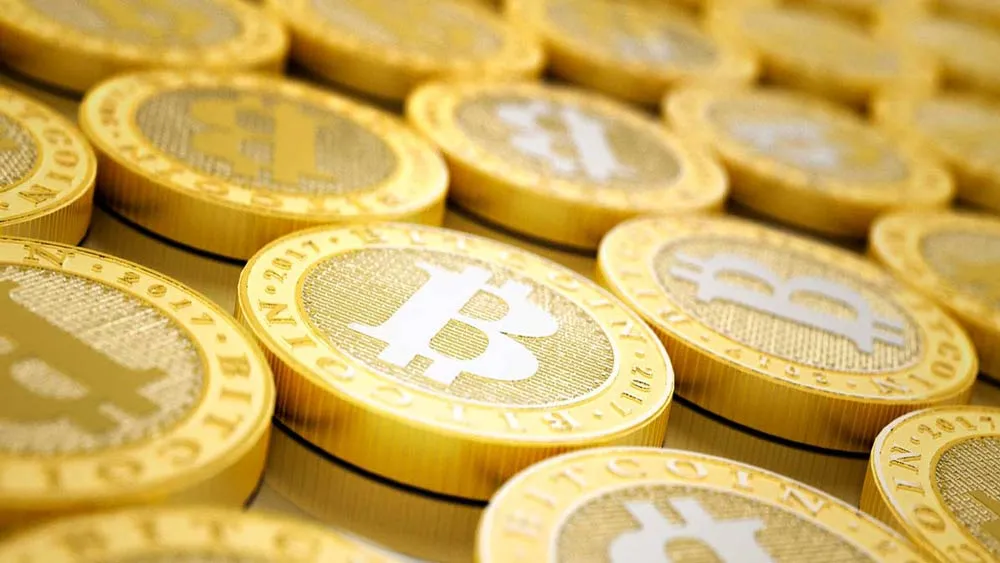August 27, 2011
How to Stay Connected During Hurricane Irene
Kilian Melloy READ TIME: 3 MIN.
Phone service often cuts out when it's needed the most - when disaster strikes.
That applies to cellphones too, even though they seem independent of power and phone lines.
Here are some tips for communicating with emergency services and loved ones as Irene sweeps up the East Coast:
- Cellphones may work even if the power goes out, but you can't count on them. The phones themselves, of course, have batteries. And the cell towers that relay your calls and other messages are often equipped with backup batteries and some have generators. Verizon says all its sites have at least eight hours of backup power.
But tower batteries run down, and refueling generators with diesel can be difficult if roads are flooded. If hurricane recovery drags on for days, cell service may go out due to a lack of "tower power." This is what took out the cellphone network in southern Louisiana after Hurricane Katrina in 2005, complicating rescue and recovery efforts.
After Katrina, federal regulators wanted to mandate that all cell sites have at least eight hours of backup power. But much of the wireless industry objected to the rule, claiming it was illegally drafted and would present a huge economic and bureaucratic burden that would divert resources from the most disaster-prone areas. The requirement was tossed out.
Power loss isn't the only threat to a wireless network. Calls are carried from the towers by landlines, which are also susceptible to damage, and they connect to communications networks that also need power to function.
Wireless carriers have a menagerie of backup equipment to deploy in areas where their infrastructure has been destroyed, or where emergency responders need extra capacity. Towable cell towers are called Cells on Wheels, or COWs, while Cells on Light Trucks are called COLTs. AT&T calls generators on trailers GOATs.
- Even if cellphones work, wireless networks may be overloaded by people calling to check in on each other or surfing the Web. Tuesday's earthquake on the East Coast triggered such an overload, even though there was no physical damage to towers or lines.
Cellphone companies recommend text messaging rather than calling in any disaster, because text messages use much less network capacity. They also don't use much battery power. Using Facebook and Twitter can be tempting, but try to keep usage brief and use the apps rather than web browsers if possible, to minimize network use and battery drain.
If you have a battery-powered radio, use it to get your news updates rather than taxing the wireless network and your phone battery.
- Keep your phones plugged in so that they're fully charged if the power goes out. There are various products available that can recharge a cellphone from a larger rechargeable battery, AA batteries, or through a car adapter.
- Corded landline phones may work even if the power goes out, because they're powered from the phone jack, which in turn is powered from the phone company's facilities. These are usually equipped with generators or backup batteries.
Cordless phones won't work if your home loses electric power, nor will Internet phone services like Vonage and Ooma.
Even if the phone company's facilities have backup power, the phone lines themselves are susceptible to wind and water damage. Luckily, a strike at Verizon Communications Inc., the largest local-phone company on the East Coast, ended last weekend, so repair crews should be fully staffed.
- Phones hooked up to cable lines or Verizon FiOS lines aren't powered by those lines, but the modems in the home usually have backup batteries that will last about eight hours. That means corded phones will work without your home's electric power with these services. Again, cordless phones will be useless.
- Vehicle emergency systems like General Motors Co.'s OnStar rely on a wireless network (OnStar uses Verizon's), so they're susceptible to network outages, just like cellphones. However, OnStar says customers report better luck connecting with their car systems than with cellphones, probably because the car has a much larger antenna, allowing it to reach more distant towers.
- For true disaster preparedness, only a satellite phone will do. Unfortunately, both the phones and the service are expensive. AT&T sells an $800 smartphone called the Genus that can switch between the regular wireless network and routing calls through a satellite. The satellite option costs $25 per month, plus 65 cents per minute of calling. Iridium Communications Inc. sells similarly-priced dedicated satellite phones.
___
AP Auto Writer Tom Krisher contributed to this report.
Kilian Melloy serves as EDGE Media Network's Associate Arts Editor and Staff Contributor. His professional memberships include the National Lesbian & Gay Journalists Association, the Boston Online Film Critics Association, The Gay and Lesbian Entertainment Critics Association, and the Boston Theater Critics Association's Elliot Norton Awards Committee.






